Here’s the link to the YouTube video you were inquiring about: http://www.youtube.com/watch?v=b4ejuV_Ylng
No Service

Around two-thirds of ship crews in the world have no means of communication while they are on the open sea. Only about 1 in 10 will have freely available Internet.
Pirates
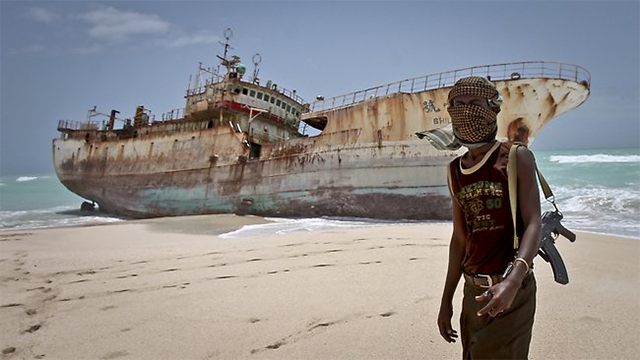
In 2010, Somali pirates were holding 544 seafarers hostage. Every year, more than 2,000 sailors die at sea, and an incredible two ships are lost every day. In 2012, the attack rates on seafarers was higher than the number of violent crimes in South Africa, the highest-crime nation on Earth.
A Long Journey

A container ship travels the equivalent of three-quarters of the way to the moon and back in one year during its regular travel across the oceans.
Expensive Ships

The largest ships can cost over 200 million dollars to build.
Seafarer Demographics

Females constitute only about 2% of seafarers. People from the Philippines make up more than a third of all crews worldwide, with nearly a quarter million at sea.
A Boatload Of Bananas

The largest ships can store 745 million bananas in nearly 15,000 containers. That’s about one for every person in Europe and North America.
An Ancient Industry
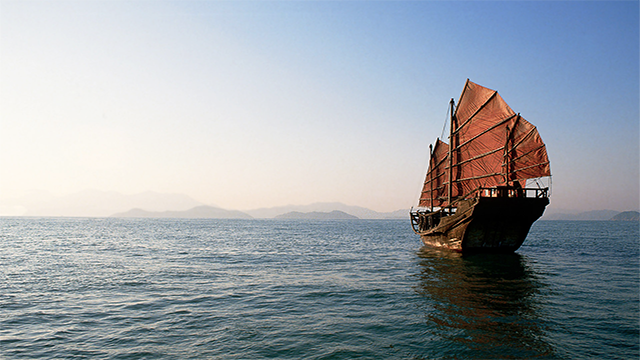
Shipping is one of the oldest industries in the world. Today, however, it plays as important a role as ever.
Lots of Boats
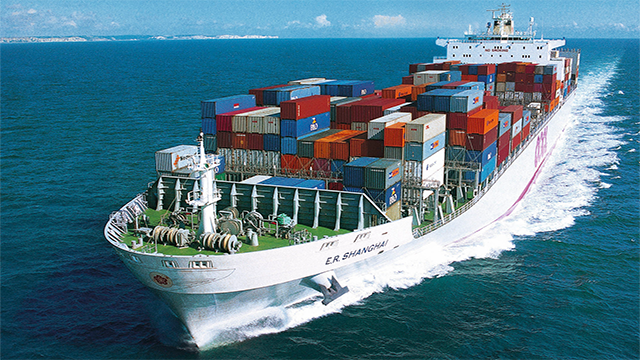
There are approximately 55,000 merchant ships carrying cargo around the world.
Lots of Seafarers
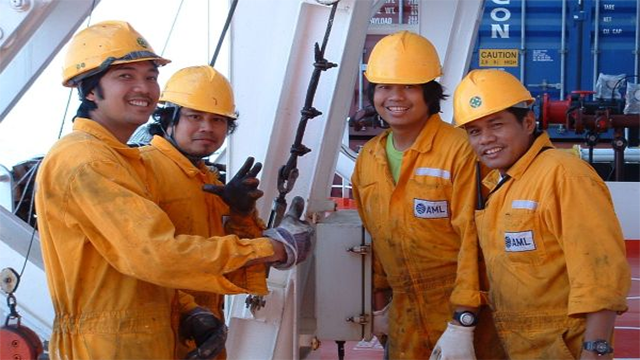
Around 1.5 million seafarers are employed by the global shipping industry
Greenhouse Gas

In 2009, the 15 biggest ships in the world gave off the same amount of greenhouse gas as 760 million cars, or about two cars for every American.
Still The Greenest
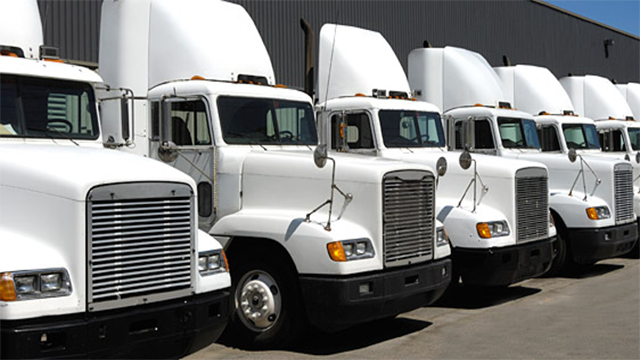
Compared to trucks and planes however, shipping is still the greenest form of transport, relatively speaking.
Some Perspective

Having made the previous two points, it’s worth mentioning that if you added shipping to the list of the world’s most polluting countries, it would come in sixth place.
Lax Inspections
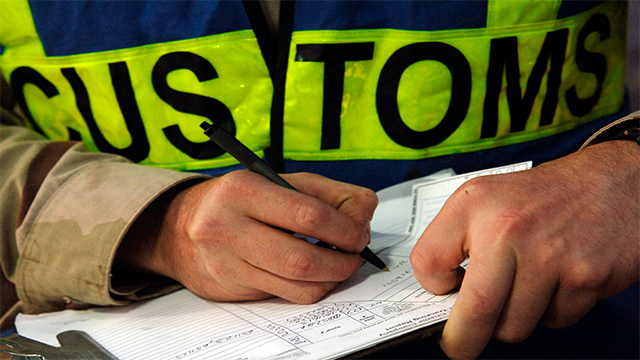
Worldwide, only around 2% to 10% of containers are actually inspected. U.S. ports normally inspect roughly 5% of the 17 million containers arriving at the border every year.
The Biggest Fleets
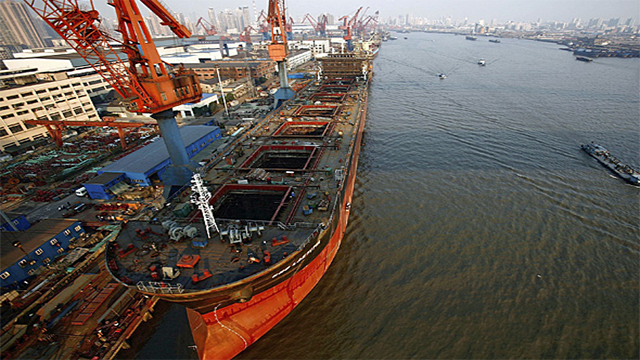
Germany, Japan, and Greece are the three countries with the biggest fleets based on total dead weight tonnage controlled by parent companies located in these countries.
Dislike of Outsiders

Shipping companies are extremely secretive. For example, the official Greek shipowners’ association won’t even reveal how many members it has.
20 Million

As of this moment there are roughly 20 million containers crossing the world.
A lot of power

A container ship engine has about 1,000 times more power than a family car.
Average cost of shipping

To give you an example of how much it costs to ship something, a bicycle would be roughly 10 dollars while a soda can would be less than a penny.
Huge source of revenue

Economically speaking, the shipping industry is enormous. In the United Kingdom, it accounts for more of the GDP than restaurants, takeaway food, and civil engineering combined.
90 Percent

Shipping is so big in fact that it constitutes roughly 90 percent of the world’s trade.
A lot of containers

If you were to line up the containers on just one ship they would easily stretch nearly halfway around the planet. If you stacked them up, and they would reach to nearly 7,500 Eiffel Towers and if you unloaded their cargo onto trucks the traffic would stretch for 60 miles.
A safety oriented industry
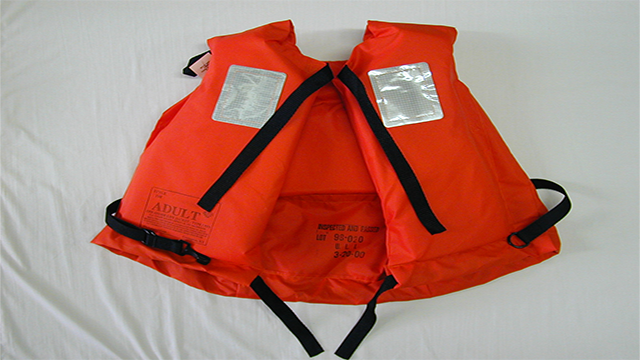
Shipping is one of the first industries to adopt widely implemented international safety standards.
It’s Necessity

In 2011 the 360 commercial ports in the United States received goods from abroad worth $1.73 trillion. The U.S. relies on shipping to bring in two-thirds of its oil supply.
Types of merchant ships

In the global fleet there are six types of ships: General cargo ships, bulk carriers, fishing vessels, container ships, passenger ships, and tankers.
Cheap Fillets

Shipping is cheap. It’s so cheap in fact, that rather than fillet its own fish, Scotland can send its cod 10,000 miles across the ocean to China to be filleted, and then sent back for less than the price of doing it themselves.



























